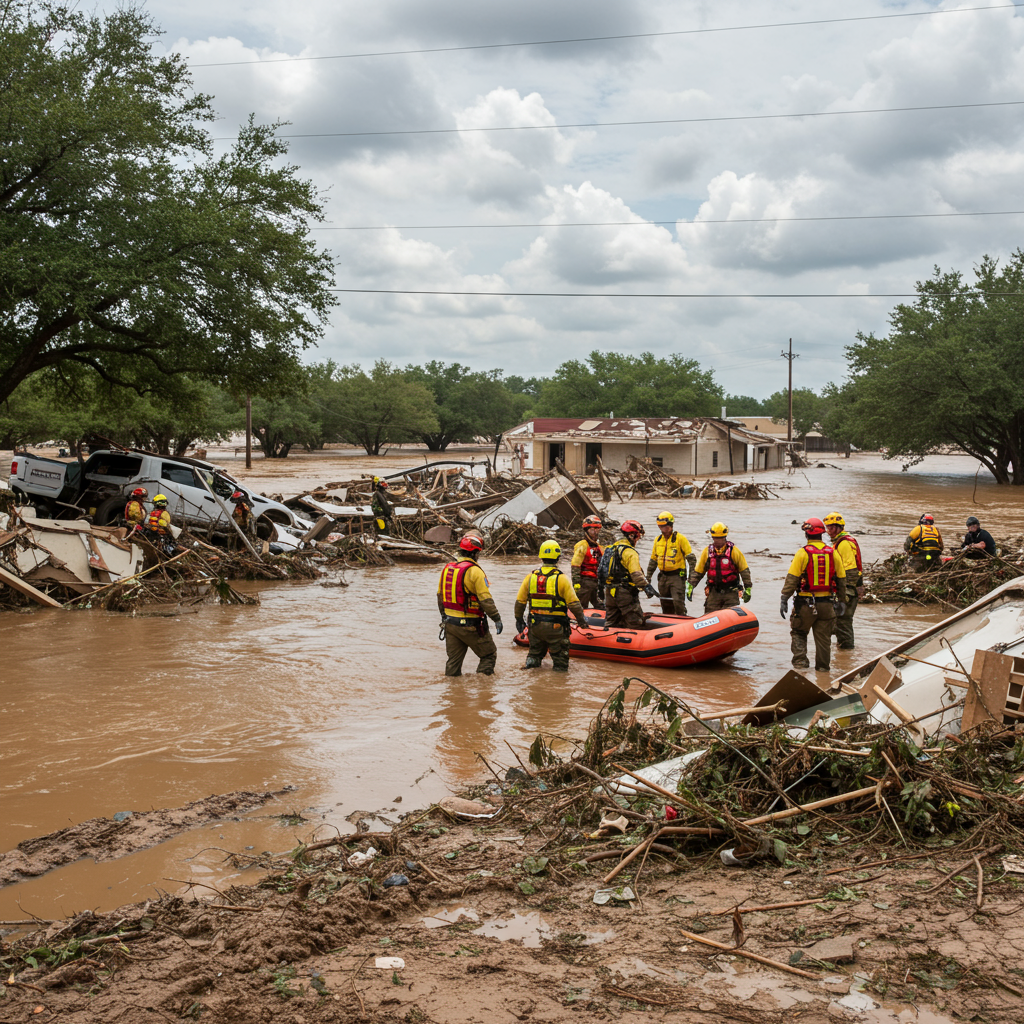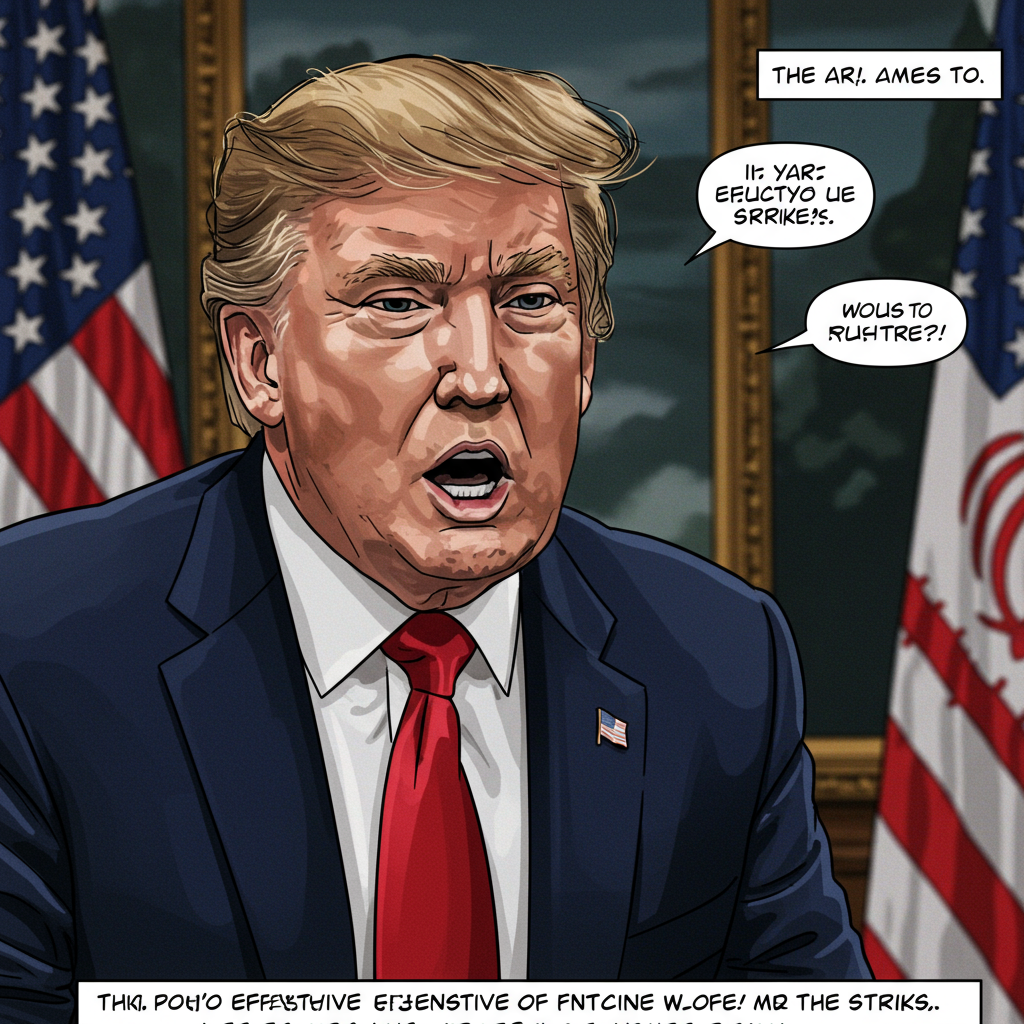Israel-Iran Tensions: Truce Holds Amid Conflicting Strike Assessments
A fragile ceasefire between Israel and Iran appears to be holding, offering a tentative pause in the recent intense conflict. The truce comes as questions mount regarding the effectiveness of recent U.S. military strikes targeting Iran’s nuclear facilities, creating a notable divergence between official claims and initial intelligence assessments.
Ceasefire Status: A Volatile Calm
The ceasefire, announced by U.S. President Donald Trump, followed 12 days of escalating hostilities. This period saw Israeli strikes on Iranian targets, Iranian retaliation against Israel, and the U.S. becoming directly involved with airstrikes on Iranian nuclear sites, prompting Iran to launch missiles at a U.S. base in Qatar.
Despite both sides accusing the other of violations shortly after the truce was declared – with casualties tragically reaching over 1,000 across the conflict – the situation has seemingly stabilized. President Trump initially expressed public frustration with both nations, particularly criticizing an Israeli bombing run just before the ceasefire deadline. However, following presidential intervention, including a reportedly firm call with Israeli Prime Minister Benjamin Netanyahu, the agreement seems to have taken hold.
In a sign of reduced immediate threat, the U.S. Embassy in Jerusalem has resumed operations and lifted a “shelter in place” order for personnel, though security advisories urging caution remain.
Debate Rages Over US Nuclear Strikes
A central point of contention is the outcome of the U.S. Operation Midnight Hammer strikes on three Iranian nuclear sites: Fordow, Natanz, and Isfahan. President Trump repeatedly stated the strikes resulted in the “total obliteration” of Iran’s nuclear program, a sentiment echoed by Israeli officials who hailed the operation as a “historic victory” removing the threat of nuclear annihilation.
However, early intelligence assessments from entities including the Defense Intelligence Agency (DIA), U.S. Central Command (CENTCOM), and the Pentagon present a different picture. According to sources familiar with these assessments, the strikes likely caused only “limited damage” and set back Iran’s program by a matter of months (estimated 3-6 months), rather than years or decades. Concerns were raised that core components remain intact and could be reactivated relatively quickly.
Adding to the uncertainty, intelligence and satellite imagery suggest Iran may have moved a significant amount of highly enriched uranium and crucial centrifuges before the U.S. strikes occurred. The current location of these materials is reportedly unknown, contradicting claims that Iran had no opportunity to relocate assets. Even some Israeli sources have downplayed the damage at deeply buried facilities like Fordow, acknowledging uncertainty about the true extent of the setback.
President Trump, speaking from the NATO summit in the Netherlands, acknowledged the intelligence assessment was “inconclusive” but maintained his assertion of “total obliteration,” dismissing challenges as attempts to undermine a successful military action. The disparity has fueled political debate in the U.S., with questions raised about the administration’s communication and the President’s authority to order strikes without congressional approval.
Meanwhile, the International Atomic Energy Agency (IAEA) continues to seek engagement with Iran on its nuclear activities, having verified a substantial stockpile of 60% enriched uranium just days before the initial Israeli strikes. While the IAEA head emphasized diplomacy, some Iranian lawmakers have reportedly suggested suspending cooperation.
As the fragile ceasefire holds, the focus shifts to monitoring compliance and assessing the true long-term impact of the recent military actions on Iran’s nuclear ambitions.



